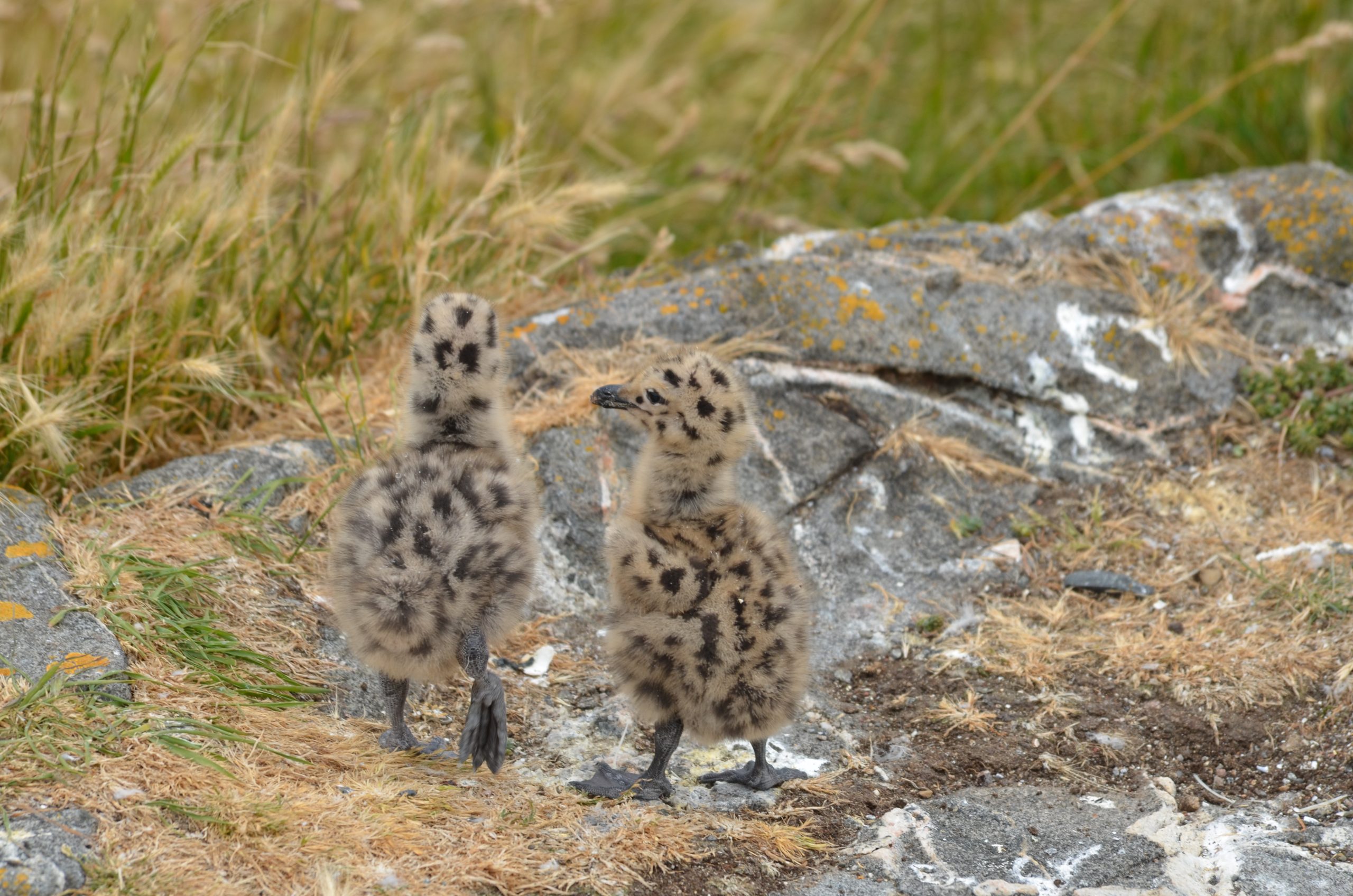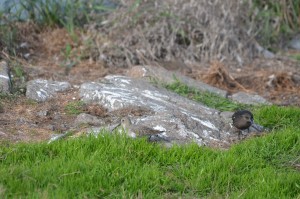Weather:
- Sky clear, blue
- Visibility 15+ NM
- Wind 20-25 knots W
- Sea state: rippled, whitecaps, small waves breaking at .5 m
A fun link! Our weather station data can be publicly viewed Here.
Marine Traffic/Visitors:
- On Friday Greg and a plumber visited
- It has been quite windy but we have continued to see 5-10 whale watching boats per day on average
- Quite a few fishing pleasure crafts outside of the reserve closer to Pedder bay, but no issues with fishing in the reserve this week so far.
Ecological Observations:
- This week we noticed a pigeon guillemot carry fish into a crevice in the rock wall outside our back door. We are excited to keep an eye on it and see if it is nesting! We have continued to notice breeding pairs copulating and flying into/out of crevices around the island.
- This week there are large amounts of shorebirds visiting.We have seen ruddy and black turnstones daily as well as the occasional sandpiper. The turnstones are particularly elusive and fly away before we notice them quite often.
- An appreciated bird ID correction from Daniel: The bird which we photographed on June 20 was in fact a whimbrel and not a short billed dowitcher.
- This week we have seen quite a few harbor seals with their pups swimming or resting on rocks. We haven’t seen any nursing, but they are still quite small (and cute!).
- The goslings and two parents haven’t returned since we saw them leave by water last Thursday. There seem to be two more adult geese gone today. We wonder if the goose family left for the main island, as the seagulls have become very territorial and aggressive, or perhaps the geese are naturally beginning to leave as they do seasonally.
- A steady increase of sea lions in the reserve this week. There are now both california and stellar sea lions, and a few younger ones mixed in with the huge stellars that appeared last week.
- Harbour seal and her pup (1)
- (2)
- (3)
- Shorebirds migrating
- Larger elephant seal’s moult is progressing well
- Container ship passing by Port Angeles
































